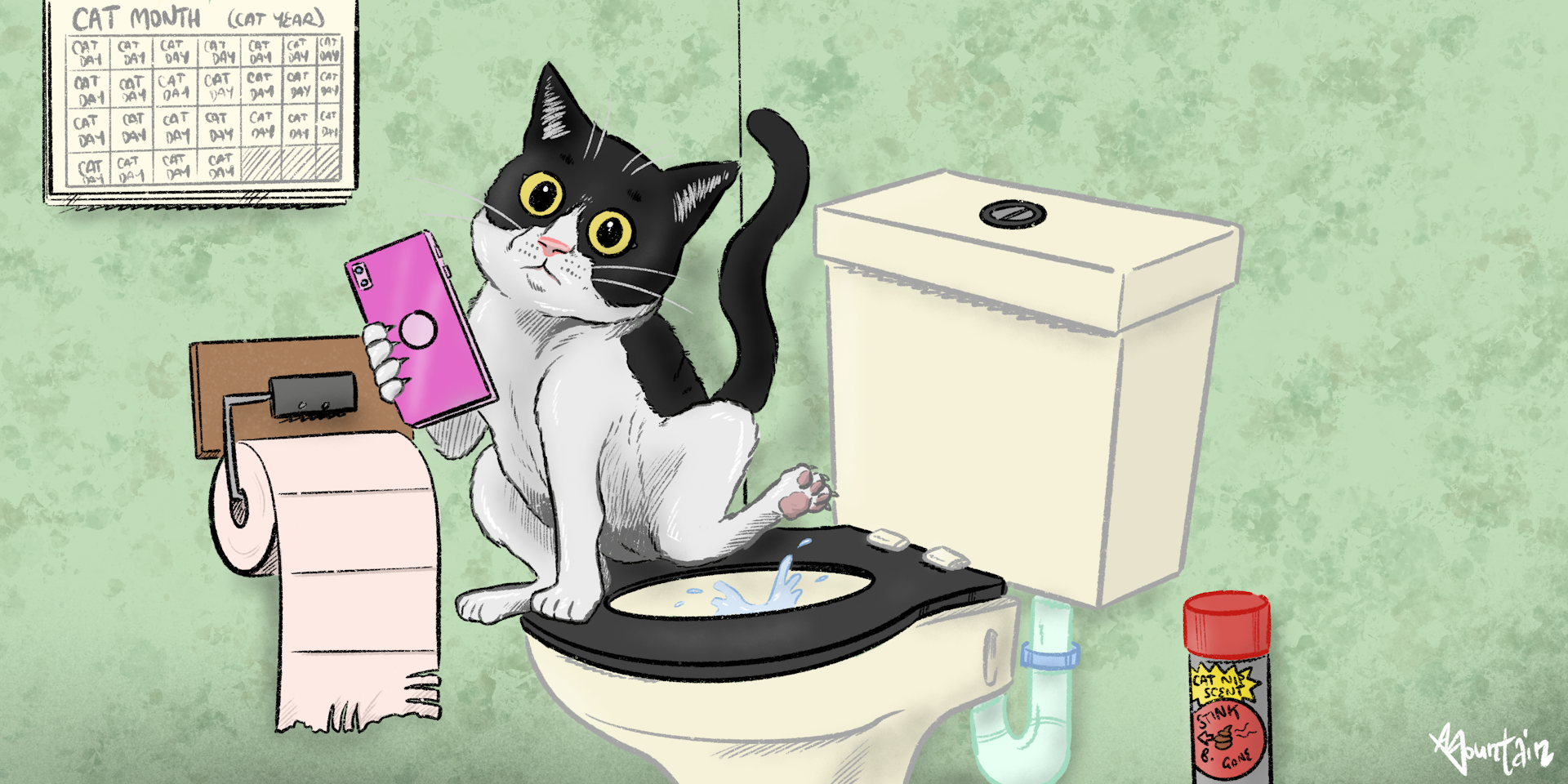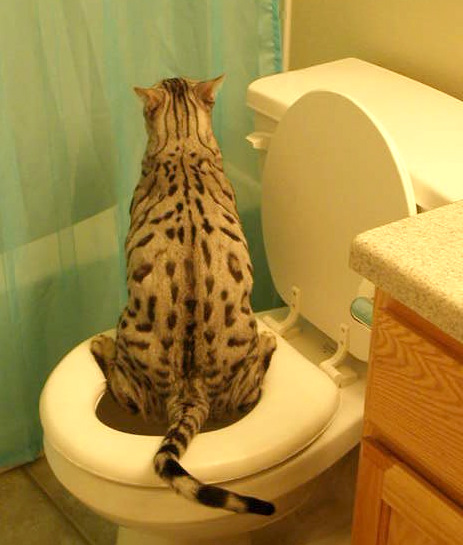Dangers of Flushing Cat Poop Down Your Toilet - Prevent Possible Problems
Dangers of Flushing Cat Poop Down Your Toilet - Prevent Possible Problems
Blog Article
This article following next about Can You Flush Cat Poo or Litter Down the Toilet? is without a doubt insightful. Read it for your own benefit and decide what you think about it.

Introduction
As cat owners, it's important to bear in mind how we get rid of our feline close friends' waste. While it may seem practical to purge pet cat poop down the commode, this method can have damaging effects for both the atmosphere and human health.
Ecological Impact
Flushing feline poop presents harmful pathogens and bloodsuckers into the water supply, positioning a significant risk to water communities. These impurities can negatively affect aquatic life and concession water top quality.
Health and wellness Risks
In addition to ecological problems, flushing cat waste can additionally position wellness threats to people. Cat feces may include Toxoplasma gondii, a bloodsucker that can trigger toxoplasmosis-- a possibly extreme disease, particularly for pregnant women and individuals with damaged body immune systems.
Alternatives to Flushing
Thankfully, there are much safer and extra responsible methods to get rid of pet cat poop. Consider the complying with alternatives:
1. Scoop and Dispose in Trash
One of the most typical approach of throwing away cat poop is to scoop it into a biodegradable bag and toss it in the trash. Be sure to utilize a dedicated litter scoop and deal with the waste without delay.
2. Usage Biodegradable Litter
Select biodegradable pet cat litter made from products such as corn or wheat. These trashes are eco-friendly and can be safely disposed of in the trash.
3. Bury in the Yard
If you have a yard, consider burying feline waste in a marked location far from vegetable yards and water sources. Make sure to dig deep adequate to stop contamination of groundwater.
4. Mount a Pet Waste Disposal System
Purchase an animal garbage disposal system specifically created for pet cat waste. These systems use enzymes to break down the waste, minimizing smell and ecological effect.
Verdict
Liable pet ownership extends beyond supplying food and sanctuary-- it also involves correct waste administration. By refraining from purging cat poop down the toilet and opting for alternate disposal techniques, we can reduce our environmental impact and safeguard human wellness.
Why Can’t I Flush Cat Poop?
It Spreads a Parasite
Cats are frequently infected with a parasite called toxoplasma gondii. The parasite causes an infection called toxoplasmosis. It is usually harmless to cats. The parasite only uses cat poop as a host for its eggs. Otherwise, the cat’s immune system usually keeps the infection at low enough levels to maintain its own health. But it does not stop the develop of eggs. These eggs are tiny and surprisingly tough. They may survive for a year before they begin to grow. But that’s the problem.
Our wastewater system is not designed to deal with toxoplasmosis eggs. Instead, most eggs will flush from your toilet into sewers and wastewater management plants. After the sewage is treated for many other harmful things in it, it is typically released into local rivers, lakes, or oceans. Here, the toxoplasmosis eggs can find new hosts, including starfish, crabs, otters, and many other wildlife. For many, this is a significant risk to their health. Toxoplasmosis can also end up infecting water sources that are important for agriculture, which means our deer, pigs, and sheep can get infected too.
Is There Risk to Humans?
There can be a risk to human life from flushing cat poop down the toilet. If you do so, the parasites from your cat’s poop can end up in shellfish, game animals, or livestock. If this meat is then served raw or undercooked, the people who eat it can get sick.
In fact, according to the CDC, 40 million people in the United States are infected with toxoplasma gondii. They get it from exposure to infected seafood, or from some kind of cat poop contamination, like drinking from a stream that is contaminated or touching anything that has come into contact with cat poop. That includes just cleaning a cat litter box.
Most people who get infected with these parasites will not develop any symptoms. However, for pregnant women or for those with compromised immune systems, the parasite can cause severe health problems.
How to Handle Cat Poop
The best way to handle cat poop is actually to clean the box more often. The eggs that the parasite sheds will not become active until one to five days after the cat poops. That means that if you clean daily, you’re much less likely to come into direct contact with infectious eggs.
That said, always dispose of cat poop in the garbage and not down the toilet. Wash your hands before and after you clean the litter box, and bring the bag of poop right outside to your garbage bins.
https://trenchlesssolutionsusa.com/why-cant-i-flush-cat-poop/

As a serious person who reads about Can You Flush Cat Poop Down The Toilet?, I assumed sharing that piece of content was a smart idea. Sharing is good. You won't know, you may very well be doing someone a favor. I recognize the value of reading our article about How to Dispose of Cat Poop and Litter Without Plastic Bags.
Click Here Report this page